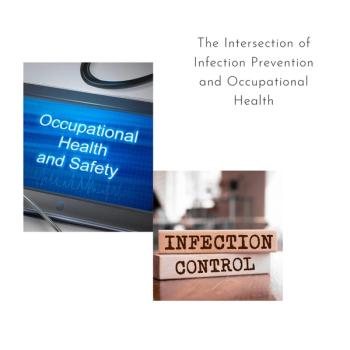
Molnlycke Health Care Introduces Biogel PI Pro-Fit
Mölnlycke Health Care US, LLC introduces Biogel PI Pro-Fit®, a non-latex surgical glove designed to allow for a new level of comfort during surgery while reducing employee and patient health risks and costs.
Designed with a biomechanically optimized former to help prevent hand fatigue during surgery and a synthetic material that feels just as good as latex, 94 percent of surgeons surveyed rated Biogel PI (non-latex) as good as or better than Biogel Latex.
According to a recent study, there are approximately 17 operating room (OR) backtable teardowns per year on average per facility due to undetected latex allergies in patients. With Biogel PI Pro-Fit®, the OR teardown cost risk associated with glove-related patient latex allergies is eliminated.
Additionally over time, healthcare workers can develop latex sensitivity, which can average costs up to $218,000 per employee to treat their latex allergy. Biogel non-latex gloves reduce the risk of workers compensation claims and lost productivity due to staff with glove-related latex allergies being unable to work.
Biogel gloves have statistically significant fewer observed failures than other glove brands, reducing the exposure to pathogens and associated costs of treatment. In an independent observational in-use comparison study, non-Biogel gloves were 3.5 times as likely to fail in-use compared to Biogel surgical gloves.
Source: Mölnlycke Health Care US, LLC Â
Newsletter
Stay prepared and protected with Infection Control Today's newsletter, delivering essential updates, best practices, and expert insights for infection preventionists.






